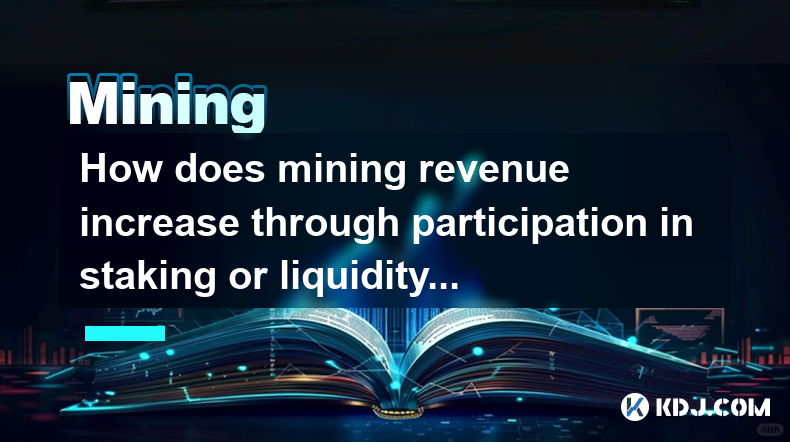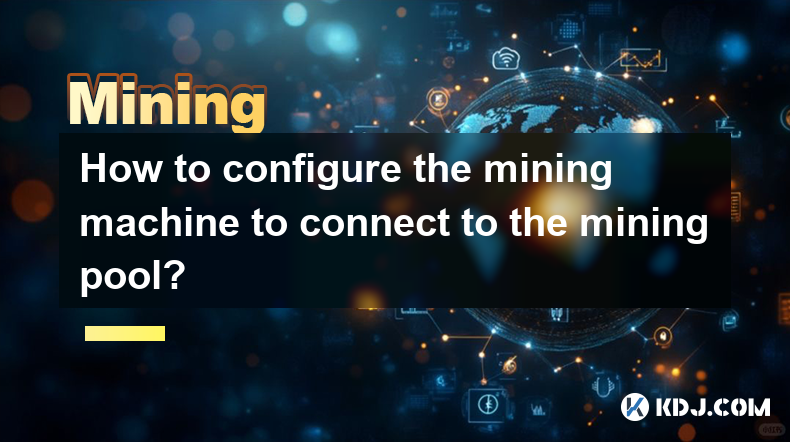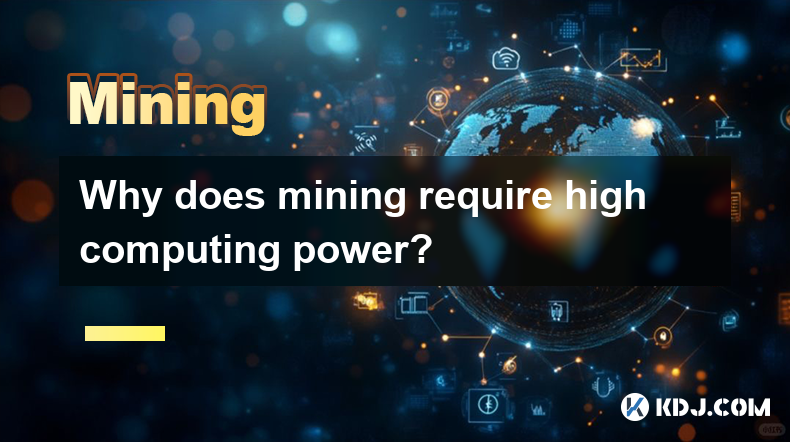-
 Bitcoin
Bitcoin $83,761.5162
-0.79% -
 Ethereum
Ethereum $1,560.7768
-3.36% -
 Tether USDt
Tether USDt $0.9999
0.00% -
 XRP
XRP $2.0759
-1.95% -
 BNB
BNB $581.4168
-0.36% -
 Solana
Solana $127.0879
-0.76% -
 USDC
USDC $0.9999
-0.01% -
 TRON
TRON $0.2514
0.39% -
 Dogecoin
Dogecoin $0.1530
-1.63% -
 Cardano
Cardano $0.6047
-2.55% -
 UNUS SED LEO
UNUS SED LEO $9.4090
0.50% -
 Chainlink
Chainlink $12.1339
-1.88% -
 Avalanche
Avalanche $18.7533
-3.95% -
 Stellar
Stellar $0.2341
-1.77% -
 Toncoin
Toncoin $2.8633
-2.76% -
 Shiba Inu
Shiba Inu $0.0...01164
-1.57% -
 Sui
Sui $2.0688
-2.49% -
 Hedera
Hedera $0.1558
-2.40% -
 Bitcoin Cash
Bitcoin Cash $317.7189
-2.09% -
 Litecoin
Litecoin $74.4413
-1.09% -
 Polkadot
Polkadot $3.5267
-1.73% -
 Dai
Dai $1.0001
0.01% -
 Hyperliquid
Hyperliquid $15.5553
1.26% -
 Bitget Token
Bitget Token $4.3098
0.23% -
 Ethena USDe
Ethena USDe $0.9993
0.02% -
 Pi
Pi $0.5992
-10.38% -
 Monero
Monero $216.3755
0.29% -
 Uniswap
Uniswap $5.0904
-3.03% -
 OKB
OKB $51.4466
0.63% -
 Pepe
Pepe $0.0...07118
1.06%
How does mining revenue increase through participation in staking or liquidity mining?
Miners can boost revenue by engaging in staking and liquidity mining, earning additional income from transaction validation and DeFi platform liquidity provision.
Apr 15, 2025 at 11:14 am

Mining revenue can be significantly enhanced through participation in staking or liquidity mining, as these activities offer additional income streams beyond traditional mining rewards. This article will explore how miners can leverage these opportunities to boost their earnings, detailing the mechanisms of staking and liquidity mining, and providing step-by-step guidance on how to participate in these activities.
Understanding Staking and Its Impact on Mining Revenue
Staking involves holding and locking up a certain amount of cryptocurrency in a wallet to support the operations of a blockchain network. In return, participants receive rewards, typically in the form of additional cryptocurrency. For miners, staking can complement their mining activities by providing a steady income stream.
- How Staking Works: When miners stake their coins, they help secure the network by participating in the validation of transactions. This process is often used in Proof of Stake (PoS) or its variants, where the probability of validating a block and earning rewards is proportional to the amount of cryptocurrency staked.
- Impact on Mining Revenue: By staking, miners can earn additional rewards alongside their mining income. This dual income stream can significantly increase overall revenue, especially in networks where staking rewards are high.
To participate in staking, miners need to follow these steps:
- Choose a Staking Platform: Select a reliable staking platform or wallet that supports the cryptocurrency you wish to stake.
- Transfer Funds: Move the desired amount of cryptocurrency to the staking wallet.
- Lock Funds: Initiate the staking process, which usually involves locking up the funds for a specified period.
- Monitor and Manage: Regularly check the staking rewards and manage the staked assets as needed.
Exploring Liquidity Mining and Its Benefits for Miners
Liquidity mining, also known as yield farming, involves providing liquidity to decentralized finance (DeFi) platforms in exchange for rewards. This practice can be particularly lucrative for miners looking to diversify their income sources.
- How Liquidity Mining Works: Miners deposit their cryptocurrencies into liquidity pools on DeFi platforms. These pools are used to facilitate trading and other financial activities. In return, miners receive a portion of the transaction fees and additional tokens as rewards.
- Impact on Mining Revenue: By participating in liquidity mining, miners can earn additional income from transaction fees and token rewards, which can be substantial depending on the platform and the volume of transactions.
To start liquidity mining, miners should follow these steps:
- Select a DeFi Platform: Choose a reputable DeFi platform that offers liquidity mining opportunities.
- Deposit Assets: Add your cryptocurrencies to the liquidity pool of your choice.
- Earn Rewards: Automatically receive a share of the transaction fees and additional tokens based on your contribution to the pool.
- Withdraw and Manage: Monitor your earnings and withdraw your assets when necessary, keeping an eye on the market conditions.
Combining Staking and Liquidity Mining for Maximum Revenue
Miners can maximize their revenue by combining staking and liquidity mining. This strategy allows them to earn from both the validation of transactions on the blockchain and the provision of liquidity on DeFi platforms.
- Strategic Allocation: Miners need to strategically allocate their assets between staking and liquidity mining to optimize their returns. This involves assessing the potential rewards from each activity and balancing their investments accordingly.
- Risk Management: It's crucial to manage the risks associated with both staking and liquidity mining. This includes understanding the lock-up periods for staked assets and the impermanent loss risks in liquidity pools.
Practical Examples of Increased Revenue Through Staking and Liquidity Mining
To illustrate the potential for increased revenue, let's consider a few practical examples:
- Example 1 - Staking on Ethereum 2.0: A miner who stakes ETH on Ethereum 2.0 can earn an annual percentage yield (APY) of around 5-7%. If the miner stakes 100 ETH, they could earn an additional 5-7 ETH per year, significantly boosting their income.
- Example 2 - Liquidity Mining on Uniswap: By providing liquidity to a popular trading pair on Uniswap, a miner can earn a portion of the trading fees and additional UNI tokens. If the trading volume is high, the rewards can be substantial, potentially exceeding the income from traditional mining.
Challenges and Considerations for Miners
While staking and liquidity mining can significantly increase mining revenue, miners must be aware of the challenges and considerations involved:
- Technical Requirements: Both staking and liquidity mining require a certain level of technical knowledge and infrastructure. Miners need to ensure they have the necessary hardware and software to participate effectively.
- Regulatory Compliance: Miners must stay informed about the regulatory environment surrounding cryptocurrencies and DeFi. This includes understanding any legal obligations and potential risks associated with their activities.
- Market Volatility: The cryptocurrency market is highly volatile, and miners need to be prepared for fluctuations in the value of their staked or liquidity-provided assets. This volatility can impact the overall profitability of their operations.
Frequently Asked Questions
Q1: Can miners participate in both staking and liquidity mining simultaneously?
Yes, miners can participate in both staking and liquidity mining at the same time. However, they need to carefully manage their assets to ensure they are not overcommitting to one activity at the expense of the other. Balancing the allocation of funds between staking and liquidity mining can help maximize overall returns.
Q2: What are the risks of impermanent loss in liquidity mining?
Impermanent loss is a risk associated with liquidity mining, where the value of the assets provided to a liquidity pool changes relative to each other. This can result in a loss if the assets are withdrawn at a time when their value has diverged significantly. Miners need to be aware of this risk and consider the potential impact on their returns.
Q3: How can miners minimize the risks associated with staking and liquidity mining?
To minimize risks, miners should diversify their investments across different staking and liquidity mining opportunities. They should also stay informed about market conditions and adjust their strategies accordingly. Additionally, using reputable platforms and understanding the terms and conditions of each activity can help mitigate potential risks.
Q4: Are there any tax implications for miners participating in staking and liquidity mining?
Yes, there can be tax implications for miners participating in staking and liquidity mining. The rewards earned from these activities may be subject to capital gains tax or income tax, depending on the jurisdiction. Miners should consult with a tax professional to understand their obligations and ensure compliance with tax laws.
Disclaimer:info@kdj.com
The information provided is not trading advice. kdj.com does not assume any responsibility for any investments made based on the information provided in this article. Cryptocurrencies are highly volatile and it is highly recommended that you invest with caution after thorough research!
If you believe that the content used on this website infringes your copyright, please contact us immediately (info@kdj.com) and we will delete it promptly.
- VeChain (VET) Has Secured the Coveted MiCAR License, Opening Up Operations Across Europe
- 2025-04-17 02:35:13
- Ethereum (ETH) Derivative Markets See Another Big Accumulation Ahead of the Expected Volatility
- 2025-04-17 02:35:13
- Chainlink (LINK) Emerges as the Most Valuable Blockchain Infrastructure Project, Reaching $12.7B FDV
- 2025-04-17 02:30:13
- Is Bittensor (TAO) Worth a $1,000 Bet Right Now? Here's What the Chart Says
- 2025-04-17 02:30:13
- Bitcoin (BTC) Price Slides 23% From Its January All-Time High
- 2025-04-17 02:25:13
- Bitcoin (BTC) Price Hasn't Cleared Volatility, as Gold Soars to Another ATH
- 2025-04-17 02:25:13
Related knowledge

How to deal with abnormal noise during mining machine operation?
Apr 17,2025 at 01:35am
Mining machines are essential tools for cryptocurrency miners, but they can sometimes produce abnormal noises that may indicate underlying issues. Understanding how to identify and address these noises is crucial for maintaining the efficiency and longevity of your mining equipment. This article will guide you through the process of dealing with abnorma...

How to avoid IP blocking or restriction during mining?
Apr 16,2025 at 09:36pm
Mining cryptocurrency is an exciting venture that can yield significant rewards, but it can also come with its own set of challenges. One of these challenges is IP blocking or restriction, which can hinder your mining activities. In this article, we will explore various strategies to avoid IP blocking or restriction during mining, ensuring that you can ...

How to troubleshoot hardware failures during mining?
Apr 16,2025 at 08:42pm
Mining cryptocurrency can be a rewarding venture, but it often comes with its own set of challenges, particularly when it comes to hardware failures. Hardware failures can significantly disrupt your mining operations, leading to downtime and potential loss of revenue. This article will guide you through the process of troubleshooting common hardware fai...

What mining software are recommended? How to install?
Apr 17,2025 at 12:28am
When it comes to cryptocurrency mining, choosing the right software is crucial for maximizing your mining efficiency and profitability. Several popular mining software options are available, each with its own set of features and supported cryptocurrencies. In this article, we will explore some of the most recommended mining software and provide detailed...

How to configure the mining machine to connect to the mining pool?
Apr 16,2025 at 08:35pm
Introduction to Mining Machine ConfigurationConfiguring a mining machine to connect to a mining pool is a crucial step for cryptocurrency miners looking to optimize their mining operations. A mining pool is a collective group of miners who combine their computational resources to increase their chances of solving complex cryptographic puzzles and earnin...

Why does mining require high computing power?
Apr 16,2025 at 12:07pm
Mining in the cryptocurrency world, particularly in the case of Bitcoin and other Proof of Work (PoW) cryptocurrencies, is a process that demands significant computational resources. This article delves into the reasons behind this high demand for computing power, exploring the technical intricacies and the underlying principles that necessitate such re...

How to deal with abnormal noise during mining machine operation?
Apr 17,2025 at 01:35am
Mining machines are essential tools for cryptocurrency miners, but they can sometimes produce abnormal noises that may indicate underlying issues. Understanding how to identify and address these noises is crucial for maintaining the efficiency and longevity of your mining equipment. This article will guide you through the process of dealing with abnorma...

How to avoid IP blocking or restriction during mining?
Apr 16,2025 at 09:36pm
Mining cryptocurrency is an exciting venture that can yield significant rewards, but it can also come with its own set of challenges. One of these challenges is IP blocking or restriction, which can hinder your mining activities. In this article, we will explore various strategies to avoid IP blocking or restriction during mining, ensuring that you can ...

How to troubleshoot hardware failures during mining?
Apr 16,2025 at 08:42pm
Mining cryptocurrency can be a rewarding venture, but it often comes with its own set of challenges, particularly when it comes to hardware failures. Hardware failures can significantly disrupt your mining operations, leading to downtime and potential loss of revenue. This article will guide you through the process of troubleshooting common hardware fai...

What mining software are recommended? How to install?
Apr 17,2025 at 12:28am
When it comes to cryptocurrency mining, choosing the right software is crucial for maximizing your mining efficiency and profitability. Several popular mining software options are available, each with its own set of features and supported cryptocurrencies. In this article, we will explore some of the most recommended mining software and provide detailed...

How to configure the mining machine to connect to the mining pool?
Apr 16,2025 at 08:35pm
Introduction to Mining Machine ConfigurationConfiguring a mining machine to connect to a mining pool is a crucial step for cryptocurrency miners looking to optimize their mining operations. A mining pool is a collective group of miners who combine their computational resources to increase their chances of solving complex cryptographic puzzles and earnin...

Why does mining require high computing power?
Apr 16,2025 at 12:07pm
Mining in the cryptocurrency world, particularly in the case of Bitcoin and other Proof of Work (PoW) cryptocurrencies, is a process that demands significant computational resources. This article delves into the reasons behind this high demand for computing power, exploring the technical intricacies and the underlying principles that necessitate such re...
See all articles























































































